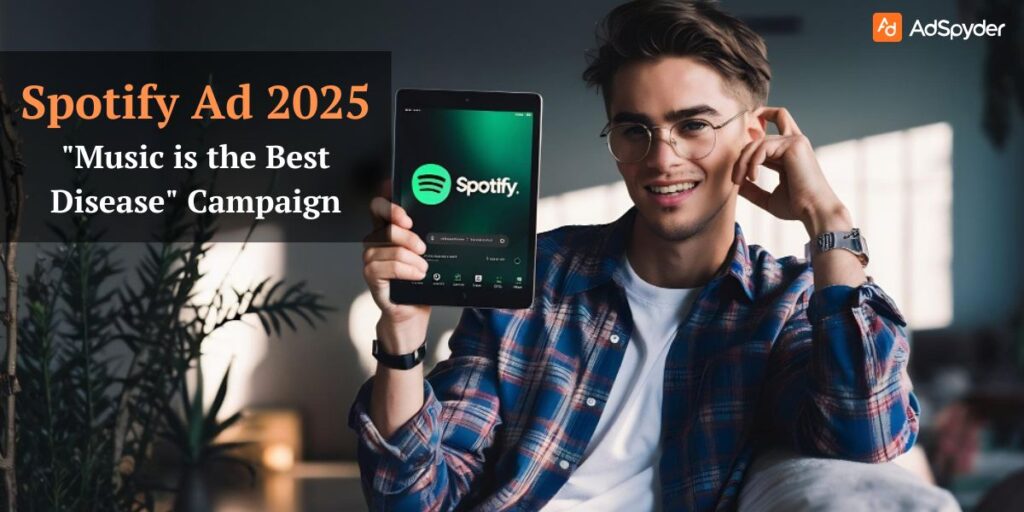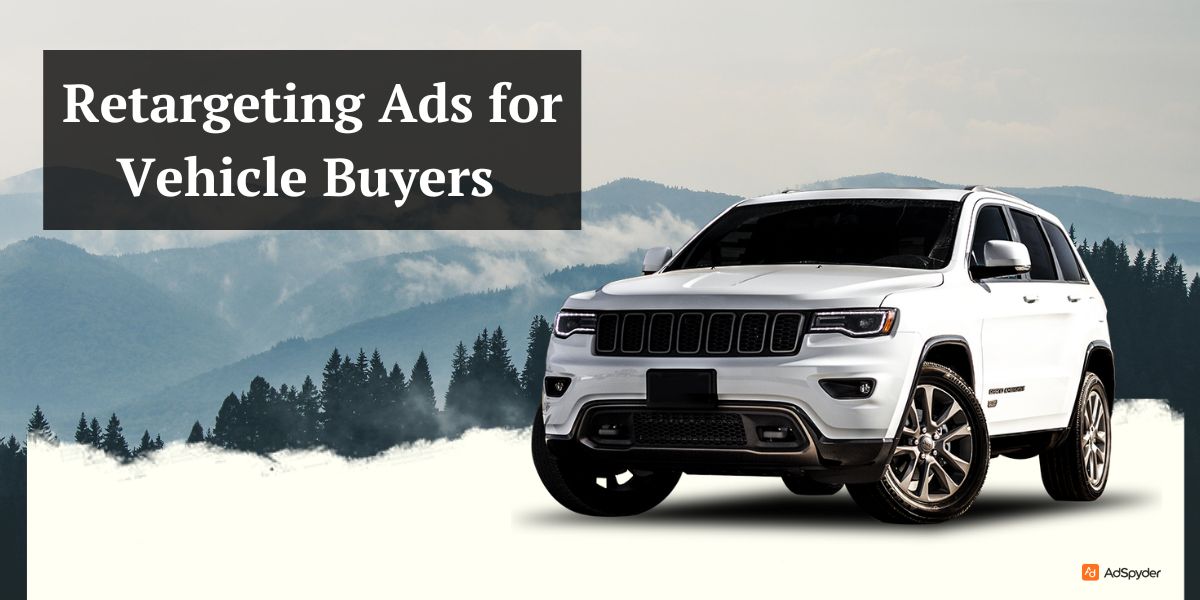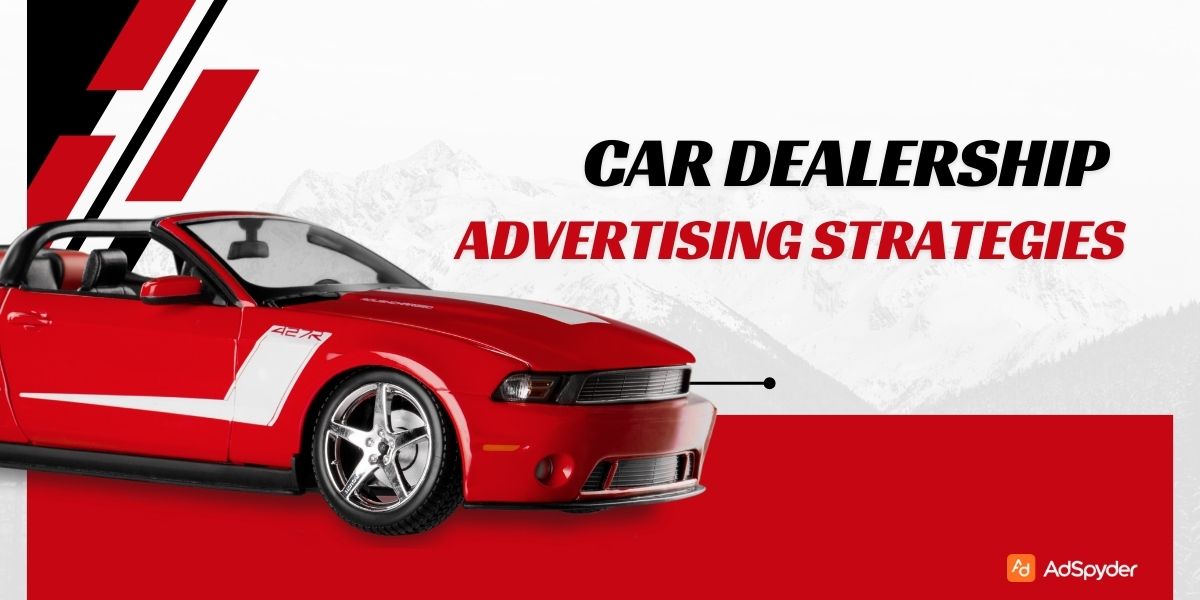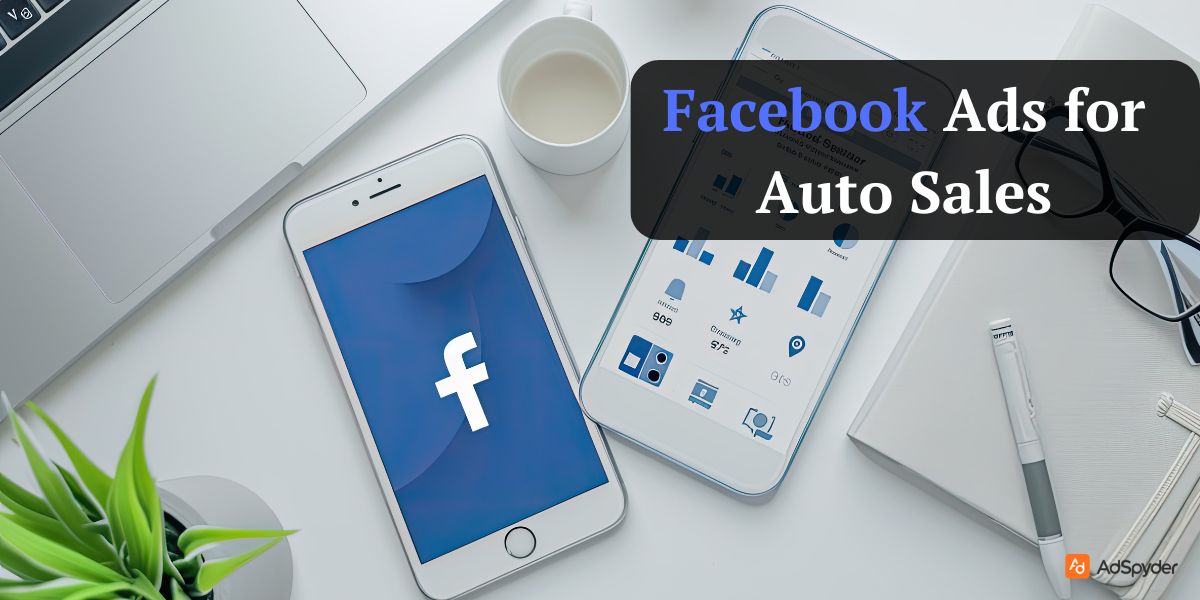Music streaming service Spotify has always prided itself on being different in the creative and innovative campaigns it spearheads. The newest, 2025-dated campaign, “Music is the Best Disease,” raises the bar for a more fresh and playful expression by likening music’s contagious qualities to an irresistible disease. This “best disease” is universal; it captures, brings closer together, and transforms human life. In this article, we will focus on the “Music is the Best Disease” campaign, the best Spotify ad 2025, analyzing its idea, strategy, impact, and relevance for modern marketers. At the end of this article, you will understand how Spotify complies with the best practice of displaying a mastery of creativity and cultural sensitivity while conducting advertisements.
Ready to Elevate your Marketing Strategy?
This quirky yet engaging campaign, in collaboration with Dentsu Italy and led by creative director Riccardo Fregoso, is centered on the idea of music as a delightful contagion. Instead of viewing “catching” something as a bad thing, Spotify flips that script by showing “symptoms” of music’s impact, such as spontaneous dancing, uncontrollable lip-syncing, and finger tapping that you just can’t stop.
Summary of the Spotify Ad 2025
What makes this campaign so unforgettable is its unique blend of humour, vibrant visuals, and nostalgic musical references. The application of Raffaella Carrà’s timeless hit, “Pedro,” adds nostalgic charm while, at the same time, bringing the song to global prominence. The aesthetic created by the campaign—a world of pastel hues with Wes Anderson-inspired cinematography—is visually striking, where joy in music is contagious; it becomes impossible to resist the groove.
Spotify’s “Music is the Best Disease” campaign is clever in its concept and visually compelling to execution. It creates a light-hearted narrative about equating the irresistible quality of music to an enjoyable “contagion.” It takes this through amusing metaphors and striking visuals as an encapsulation that music is capable of an infectious power, turning ordinary moments into experiences of greatness.
Concept and Theme – Spotify Ad 2025
The basic premise of the campaign is a simple but brilliant idea: music is as contagious as any disease but in the most positive manner. Rather than diseases that we all abhor, Spotify framed the music as a pleasurable ailment that one would desire to have, along with “symptoms” that everyone could identify themselves. In a more light-hearted approach, the campaigns presented the said symptoms through scenarios people could really relate to.
Symptoms of Music’s Contagion:
- “Chicken Neck”: Head bobbing uncontrollably to the rhythm.
- “Lip Syncosis”: A need to mouth out the words to every song.
- “Lead Finger Disorder”: An inability to stop tapping fingers along the beat.
Using these common reactions to music as the basis of an imaginary disease, the campaign injects a little fun and playfulness into music.
Visit Here: 10 Paid Omni-Channel Marketing strategies
Visual and Musical Elements
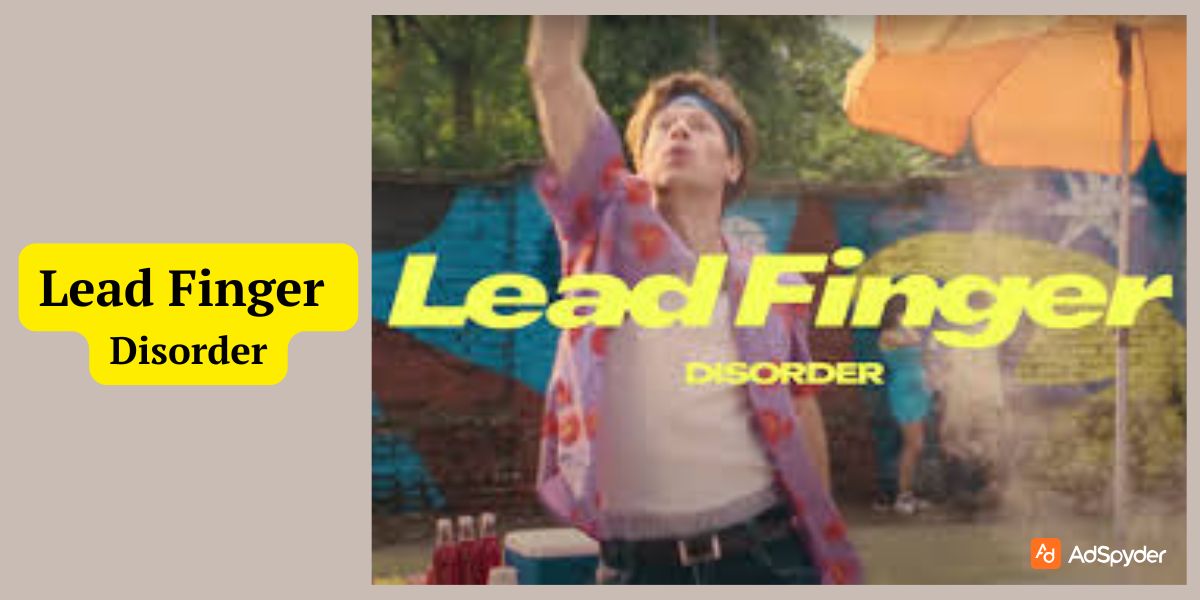
It’s the campaign’s aesthetic that really stands out with pastel hues and whimsical visuals that look like Wes Anderson’s particular aesthetic. Every scene is crafted with day-to-day settings feeling real and fantastical in the music-induced joy they inspire.
Visual Highlights:
- As players succumb to Chicken Neck, a basketball court transforms into a dance floor.
- It’s a backyard barbecue where the Lead Finger Disorder spreads as guests drum their fingers on tables.
- People ‘infected’ with Lip Syncosis just sing along to their favourite tunes, a carnival scene filled to bursting with life.
But the use of Raffaella Carrà’s 1980 hit “Pedro” as the soundtrack to the campaign just adds to that charm. The infectious, upbeat, and completely nostalgic tune amplifies the infectious and upbeat nature of the campaign and is impossible not to tap, hum or smile along to. Not only does ‘Pedro’ connect with older audiences who will recognise it, but it also introduces the song to the kids who will listen to it.
Spotify ad 2025 “Music is the Best Disease” campaign beautifully illustrates how music is the universal disease that infects people with the same kind of joy. With clever metaphors and striking visual delivery, the campaign speaks to a wide range of people, making Spotify a brand that gets people to attach an emotional value to music.
See It Here: TripAdvisor Ads
Creative Execution of Spotify Ad 2025
A prime example of how considerate creative direction and meticulous production can raise a concept to a memorable advertising experience is Spotify’s “Music is the Best Disease” campaign. Through its choice of collaborators and playful visuals, every bit of the campaign’s execution has been designed to further increase its appeal.
Direction and Production
Leading the charge was Riccardo Fregoso, creative director at Dentsu Italy, who conceived and realised the idea of music as an infectious force. Fregoso envisions a tone that’s humorous, relatable and whimsical, achieving it by way of a narrative that somehow feels both familiar and delightfully absurd. Dentsu Creative Studios and the InGood agency executed this vision perfectly.
Key Directorial Choices:
- Whimsical Narrative: The attitude of all the adverts is fun and satirical – it’s not scary to have a ‘disease’ that is as cool as music.
- Wes Anderson Influence: Symmetrical framing, pastel color palate, carefully set shots — everything turns the ratchet of Anderson’s recognizable vibe higher up while making the campaign slightly more peculiar.
- Playful Storyboarding: This is done by making each scenario a mini-story and showing how the ‘symptoms’ of music can spread on their own in people’s everyday lives.
Great attention to detail in the campaign prevents any frame from undermining the big idea of joy and connection through music.
Setting and Scenarios
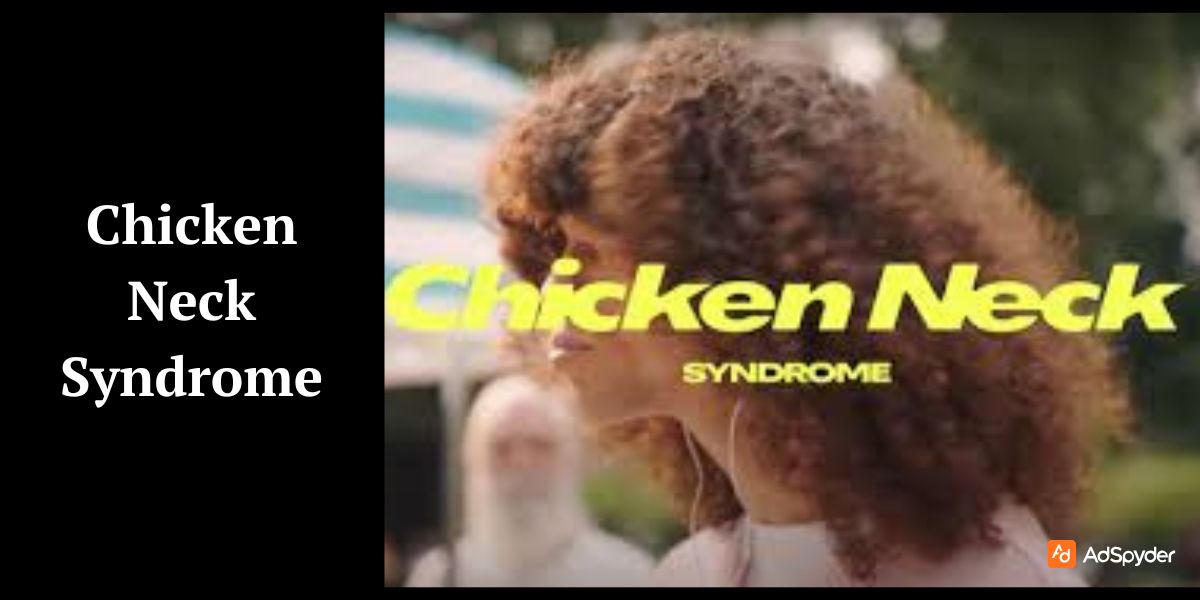
The campaign features everyday spaces as the settings; there are basketball courts, backyards, and carnivals; it just feels whimsical and magical. This juxtaposition emphasises the concept that music can take the most boring of events and make them extraordinary.
Standout Scenarios:
- Basketball Court Groove: In mid-game, players get Chicken neck, and they start bobbing their heads rhythmically rather than focusing on the ball. It’s relatable and hilarious when, suddenly, music can take over your whole mind.
- Backyard BBQ Jam Session: Lead Finger Disorder expands from person to person, connecting the group in their love of rhythm and turning a basic barbecue into a spontaneous concert.
- Carnival Lip Sync Battle: Attendees of the carnival scene are perfectly representative of the campaign’s playful vibe as they begin breakout lip sync performances in synchronised unison, as Lip Syncosis does.
These scenarios are fantastical and also relatable, in perfect balance to draw people in but not overpower them.
Music as a Central Character
The true star of the campaign is Raffaella Carrà’s classic hit ‘Pedro’. The infectious rhythm and upbeat energy of the song perfectly convey the campaign’s theme of the irresistible power of music. Spotify uses an element of a nostalgic yet timeless song to maintain access to various generations and guarantees that the campaign resonates with different audience demographics.
Why “Pedro” Works:
- Cross-Generational Appeal: Older audiences look for that nostalgic nod, and younger audiences get to hear a song that sounds fresh and fun.
- Enhancing the Narrative: The song has a joyous tone and keeps the campaign light and lighthearted, so the metaphor that music is a disease is merely a playful one.
- Cultural Relevance: Pedro” gives the campaign Italian roots as an Italian pop-culture staple, but it also breaks beyond borders as part of Spotify’s global brand.
The “Music is the Best Disease” by Spotify ad 2025, is an example of how using music to be nostalgic creates an ad experience that is not just memorable but also relatable in telling a correct story through visuals. Every detail—from the Wes Anderson-inspired visuals to the perfect choice of soundtrack—works in harmony to amplify the campaign’s core message: Without a doubt, it is music’s ability to state and share emotion.
Cultural Impact of Spotify Ad 2025
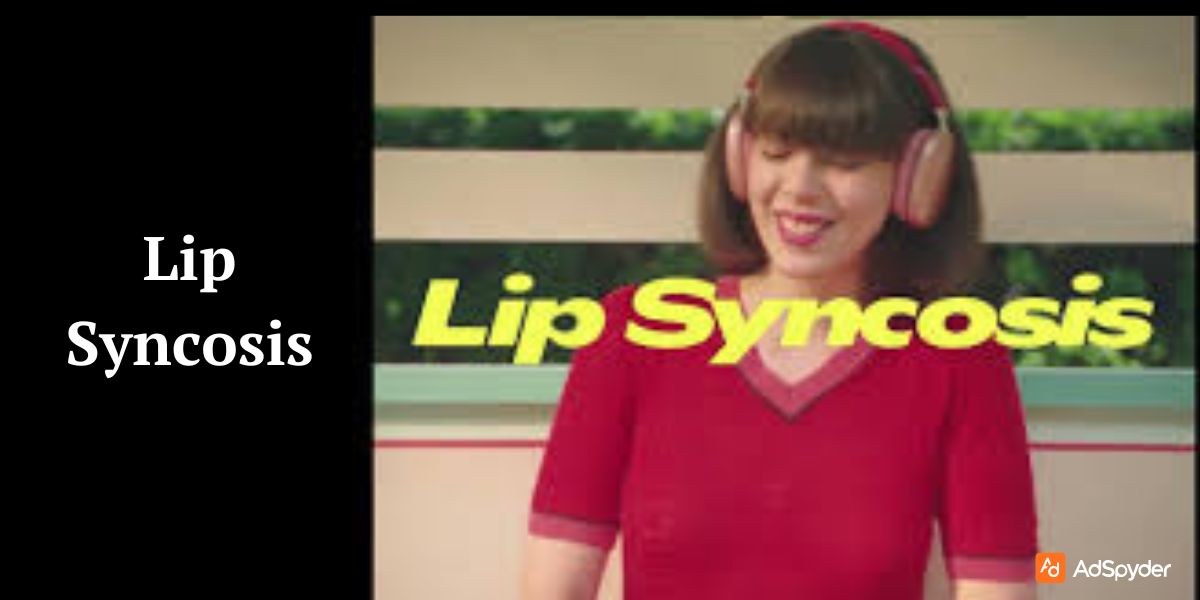
The Spotify campaign ‘Music is the Best Disease’ did more than just market Spotify; it became the talking aspect of its culture. Audiences were drawn to its unique approach, a pastoral soundtrack and whimsical storytelling that proved a hit on social media and pop culture. Its success is built on its power to cut through and connect with people deeply and start conversations and engagements across all digital and real-world spaces.
Audience Reception
Spotify ad 2025 was praised for its creativity and relatability. Audiences loved its lighthearted humour, visually stunning look, and its use of music to bring out joy. This representation of “symptoms” like Chicken Neck and Lip Syncosis resonated with audiences who could relate to these playful scenarios as their own experiences.
Key Indicators of Positive Reception:
- Social Media Buzz: An outpour of posts, memes, and discussions inspired by the campaign flooded platforms such as Instagram, TikTok, and Twitter. The campaign became a launchpad for creative expression, with users sharing their own ‘symptoms’ of music contagion.
- High Engagement: The campaign drove user behaviour, as evidenced by a dramatic increase in streams of Spotify playlists featuring “Pedro” and other nostalgic tracks.
- Audience Inclusivity: The whimsical tone and universal themes of the campaign resonated with a broad demographic that ranged from young music fans to older viewers captivated by its nostalgic references.
Influence on Pop Culture
Not only did the campaign bring a nostalgic charm. But it also rekindled the interest in Pedro, Raffaella Carrà’s song, which, thanks to the campaign, enjoyed renewed popularity across digital platforms. The campaign’s power to bridge generations and create cultural moments is evident in this resurgence.
Key Cultural Touchpoints:
- TikTok Trends: Clips from the campaign and the song Raffaella Carrà’s “Pedro” quickly went viral on TikTok, where users recreated their own dances and videos based on the song.
- Spotify Charts: The song “Pedro” climbed Spotify’s Viral 50 Global charts, re-introducing the song to a new generation and securing its legacy among older fans.
- Merchandising and Fan Art: Fan art, memes, and merchandise were created in the campaign’s quirky aesthetic, ensuring its place in contemporary pop culture.
Strengthening Spotify’s Brand Identity
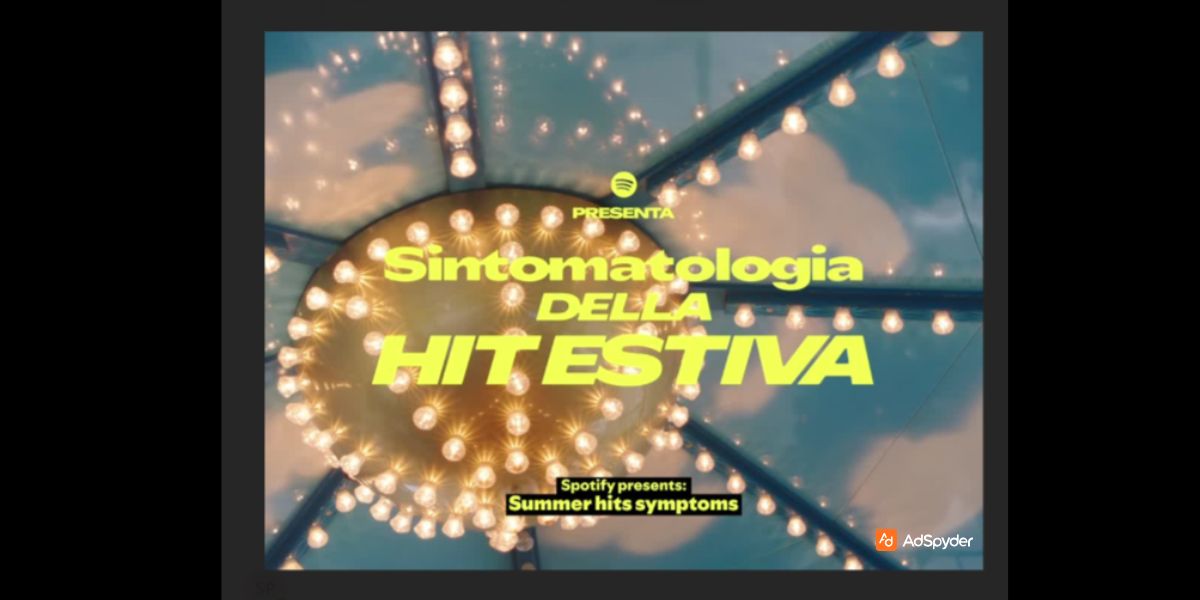
Beyond the campaign’s immediate impact, it solidified Spotify’s identity as a culturally attuned, innovative brand. Spotify succeeded in blending humour, nostalgia, and creativity to remind people that it’s not just a music streaming service. It’s a cultural hub that knows and magnifies the emotional impact of music.
Key Takeaways for Spotify’s Brand:
- Cultural Connector: The power of Spotify to bring together audiences across generations and geographies through a love of music was evident.
- Creative Innovator: Spotify proved its knack for putting a new spin on how music can be used for advertising during the campaign, setting a bar for creativity in the industry.
- Emotionally Resonant: Spotify was able to go beyond using emotional marketing by tapping into universal themes of joy and connection with its users.
The Spotify ‘Music is the Best Disease’ campaign was about much more than a product. It was a cultural moment. The campaign rekindled interest in Raffaella Carrà’s “Pedro.” This created eye-catching social media trends and user engagement — all signs that music has the power to unite people. Spotify also cemented its status as a cultural leader, one that can produce advertising campaigns that are not only advertising but also part of pop culture.
Explore Now: Burger King Ads
Marketing Effectiveness of Spotify Ad 2025
Spotify’s “Music is the Best Disease” campaign is undoubtedly a creative masterpiece. It is also a highly effective marketing effort that delivered concrete results. This is in terms of user engagement, brand visibility, and ultimate cultural relevance. The campaign united a clever concept with strategic execution. Spotify demonstrated how one can reach audiences on a more personal level and drive real business results.
Brand Positioning
Spotify reaffirmed itself as a company that not only understands such things but is one to embrace them. They celebrate music’s ability to make us feel. To do this, the company highlighted the joy and community that music brings. This is a difference from competitors, with the playful theme of music as a ‘contagious disease’.
Key Achievements:
- Cultural Resonance: By focusing on universal experiences, i.e things everyone has done with music. Spotify was able to create an ad that felt relatable. It has become indispensable to people’s lives.
- Market Differentiation: Spotify went beyond simply being a music streaming service to a cultural storyteller that wrapped itself in creativity and nostalgia.
- Global Appeal: Music was by nature infectious. This was a theme that allowed Spotify to reach many audiences across borders.
Engagement Metrics
The success of the campaign can be measured by how it made users interact. This is on digital platforms, playlists and social media. The specific data points may be different. But the overall trends show that the campaign was successful in getting people to pay attention to it.
Key Metrics:
- Increased Streams: Fans rediscovered or were introduced to Raffaella Carrà’s hit “Pedro.” This thrusted it up the Viral 50 Global chart on streams on Spotify.
- Social Media Participation: Millions of impressions were generated from hashtags and trends inspired by the campaign. Users shared their own “music disease” symptoms in videos and memes.
- Playlist Activity: The campaign’s reach continued after the launch. This is with Spotify-curated playlists. ‘Pedro’ and other songs of nostalgia experiencing a rise in followers and listens.
Lessons Learned
The campaign offers several valuable lessons for marketers looking to create impactful advertising:
Humor and Playfulness Work
The Spotify ad 2025 was memorable and shareable because of its light tone and humorous depiction of music’s ‘symptoms.’ Spotify did not take itself too seriously and created an ad that people enjoyed watching and engaging with.
- Takeaway: Ads that are humorous and whimsical are more relatable if coupled with a universal theme.
Nostalgia is a Powerful Tool
It was the charm of ‘Pedro’ already being the campaign’s soundtrack. Spotify tapped into the emotional pull nostalgia has on people. One of Spotify’s most brilliant moves was resurrecting a long-forgotten tune. They delivered it to younger audiences. The streaming service bridged generational gaps and reintroduced a classic.
- Takeaway: Nostalgia can be a very strong tool to build emotional connections. When combined with a modern execution, it can be a powerful tool to drive engagement.
Also See: Agoda Ad Campaigns
Creativity Drives Results
It also had a clever narrative as well as whimsical visuals. This distinguished it from the array of traditional music streaming ads. Spotify was able to draw the audience’s attention. It differentiated itself from the crowded market by originality.
- Takeaway: Taking a chance on unique and carefully produced ideas can make your campaign go further.
Integration Across Platforms is a Key
The campaign went across multiple mediums, utilising digital platforms, social media, and Spotify playlists to create a multi-channel experience.
- Takeaway: An integrated campaign across many platforms allows for greater reach and deeper engagement.
The Spotify Ad 2025, Music is the Best Disease campaign was a marketing success from a creative and measurable perspective. Spotify blended cultural relevance, humour, and nostalgia with strategic execution. This is to entertain audiences and solidify its standing as a leader in music and storytelling.
Conclusion
Spotify’s campaign “Music is the Best Disease” credits well-balanced creativity with cultural resonance and strategic execution. It brought about an overwhelming amount of acclaim and praise. This was while reinforcing its position as a leader in the digital music industry. Beyond its playful tone, the campaign offered valuable lessons. Focus was on how marketers can emotionally connect with audiences and bring in measurable results.
Key Campaign Takeaways
Music is Universal, and So Should Be Your Messaging
The Spotify ad 2025 played on the familiarity of music as something that was ‘contagious.’ This gave the advert a narrative that was easily relatable by anyone. In that way, they invoked music as an enjoyable and transformative experience. Spotify signified audiences’ cherished memories of using the service to deliver those experiences.
- Lesson for Marketers: Consider presenting messages that will be comprehensible and easily memorable by people of different ages and from different cultural backgrounds.
Nostalgia is a Bridge Across Generations
The ad campaign focused on Raffaella Carrà’s song “Pedro”. This choice exposed a hit song to a new generation of fans. They also rekindled passion in those who were familiar with the song.
- Lesson for Marketers: It is useful to use these emotional associations cautiously to bridge older and newer audiences. This is to be done while ensuring that legacy components are introduced to more recent generations.
Creativity Captures Attention
Its whimsical aesthetic, humorous metaphors and vibrant visuals made the campaign stand out among a crowded advertising landscape. The message was made bigger and bigger; every single element, from the settings to the soundtrack, was meticulously planned.
- Lesson for Marketers: Invest in bold, creative storytelling that breaks conventions and grabs the attention in a way that matters.
Multi-Platform Integration Amplifies Impact
The campaign was seamlessly extended to digital and social media platforms. This is through TikTok trends, viral hashtags, and curated playlists on Spotify. It was a multi-channel approach that felt cohesive and immersive.
- Lesson for Marketers: Create campaigns that perform on multiple platforms. This allows your audience to interact with your message in various ways.
Humour Drives Shareability
The light-hearted way music-induced “symptoms” were portrayed made the campaign fun and relatable. This made the audience wanted to participate and share the campaign. Spotify made sure the campaign stayed at the top of people’s minds by making them smile.
- Lesson for Marketers: If done well, humour can lend itself to increasing shareability and leaving a long-lasting impression.
Must See: Spotify Valentine’s Day Ad 2024
Broader Implications for Spotify
The “Music is the Best Disease” campaign demonstrated Spotify’s creativity while reinforcing its identity. It positioned it as a brand that understands the emotional and cultural power of music. They connected audiences on an emotional level and invited them to get involved with the platform. This has helped make Spotify the first destination for music lovers around the world.
Final Thoughts
Spotify’s “Music is the Best Disease” campaign shows how advertising can leap from the realm of marketing. It can become a cultural phenomenon. With a clever concept and beautiful execution, it only shows how great advertising should work: creativity, relativity, and impact.
There are many lessons for marketers coming out of this campaign. They are creativity, emotional connection to the target audience, and the use of storytelling to amplify any message. Evolve from just a multi-platform initiative to a deeper level of engagement. Make sure you put those principles behind Spotify’s success into practice. This will lead to your own campaigns to resonate and inspire.
